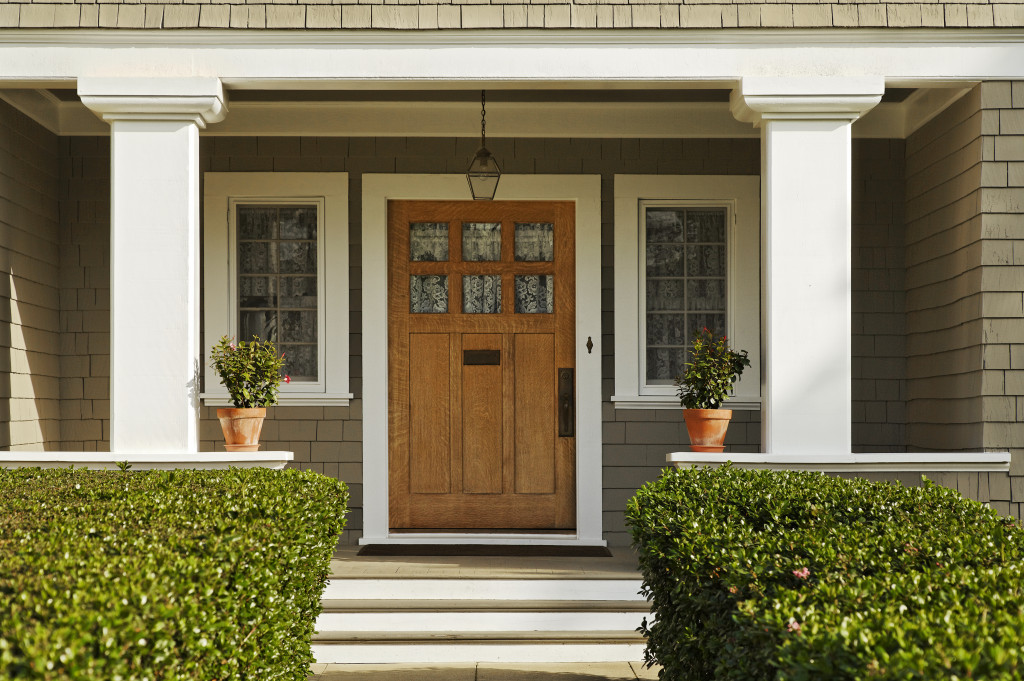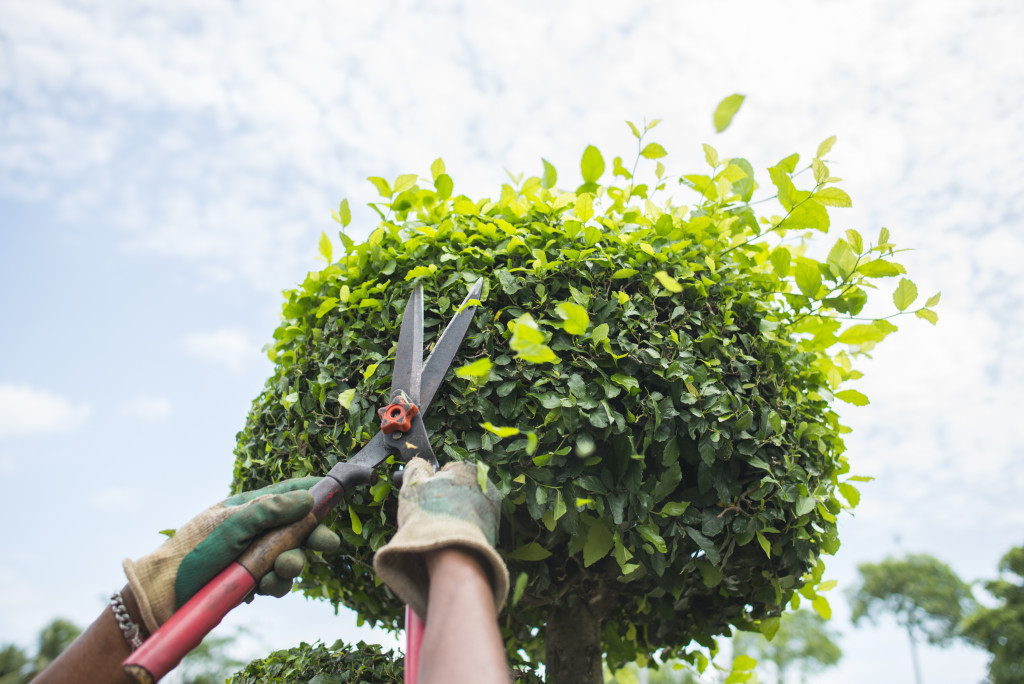While shrubs and bushes have their advantages at a certain point, there will always come a time when it’s necessary to remove them, especially if they’re old and unappealing to your yard.
When you remove shrubs, you’re also promoting other plants to thrive. Shrubs and bushes can overgrow, making it difficult for other plants to grow near them. The grass beneath the shrubs, for example, might not get the proper amount of sunlight it needs. Removing unwanted shrubs and bushes can help bring wilting plants back to life since they would already be within reach of the water and sunlight they need.
It reduces the chances of accidents, especially during a storm or a hurricane. Shrubs can cause accidents with the risk of flying debris and are prone to threat to your family and neighbors. If you’re in an area where it rains a lot, it’s best to have a yard that’s shrub-free.
Diminishing unwanted bushes and shrubs in your yard makes it more appealing since it shows its potential beauty. When you finally remove them, you can have more space to plant more types of plants to upgrade your yard. You can organize your garden and add aesthetics by adding a decorative and functional Trex seclusion fencing system. This is also perfect if you have pets preventing them from ruining your vegetable garden or from having access to plants that are poisonous to them.
Preparing for the Job
Doing this task at the right time affects the result. It’s best to remove shrubs and bushes if there aren’t any nesting birds because you don’t want to disturb wildlife. The soil must be dry for you to avoid digging too deeply. This way, you can capture all the roots intact, whether you like them removed permanently or you’re just relocating them.
Of course, you need the proper materials to do the job to make it easier and adequately. Find the sharpest shears instead of blunt blades since they’re safer and more precise. Use a pointed spade to make the digging easier. Also, wearing gardening gloves and boots protects you from cuts and getting too dirty.
Once you’ve gathered all the tools needed for the task, be sure that no one else gets near to avoid unexpected accidents and delays.

Transplanting to a Different Spot or Location
Again, it all depends on its situation and size. If you want to transfer the bush into a new spot, you can dig around the roots and keep them as intact as possible. But if the roots are too long, it might be a good idea to do it on your own. Perhaps it’s even better if you altogether remove it or let it stay and grow.
If you can feel that you can wiggle the plant and its roots up off the ground, you can keep digging and shifting the plant back and forth to break loose. Dig the spot where you want to transfer it, deep enough to place the roots into the soil and water it regularly.
Cutting the Shrubs
To get rid of the shrubs entirely, you need to cut them to expose the required stump. Once the stumps are exposed, you can now pull them out of the ground entirely with the roots. This way, shrubs will no longer be your problem.
The next thing you need to do is remove the root ball by using a spade as you’re cutting through the roots. Cut as much root as possible so it will be easier for you to pull it all out. Pulling out the roots allows established plants to have more space to grow.
Disposing of the Removed Shrubs
You can dispose of your unwanted shrubs in two different ways: For smaller ones, you can try composting them. For bigger ones, you can burn them. The better option would be to throw them in the trash properly to avoid compromising other plant growth. Burning can be a burden to the rest of the household, your neighborhood, and the environment.
Better yet, you can use garbage bags and organize them to be ready for the garbage collectors.
Removing overgrown bushes and shrubs in your yard is a start if you want to add appeal to your outdoor area. Depending on their current state, there are different ways or methods to get rid of unwanted shrubs, such as their position, size, and how much they can be seen in a particular landscape. Different levels of pruning address other plants or trimming. Therefore, you need to make customized choices based on the types of plants you have in your garden or yard.





